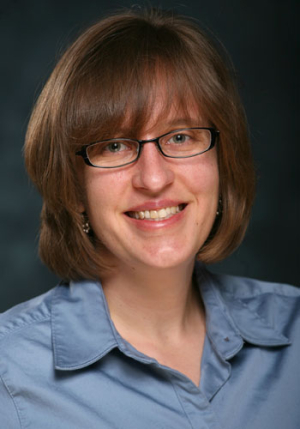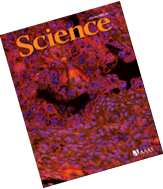Discovery featured in October 8 issue of Science
Sometimes, the smallest things can make a huge difference.
Take something as seemingly minor as the way bacteria move. Research from UH Cullen College of Engineering Assistant Professor Jacinta Conrad has uncovered a new method of bacteria motility that could have implications for everything from food production to military transport.
Conrad is one of the newest members of the college’s Department of Chemical and Biomolecular Engineering. She started this work during postdoctoral research at the University of Illinois at Urbana-Champaign, and her findings appear in the October 8 issue of Science. She is the paper’s co-lead author along with Maxsim L. Gibiansky, a graduate student at the University of California, Los Angeles. Her collaborators include Joshua Shrout, assistant professor of civil engineering at the University of Notre Dame; and the senior author, Gerard C. L. Wong, a professor at the University of California, Los Angeles.
Conrad, Gibiansky, Shrout, Wong, and the rest of their research team conducted their work by translating microscopy movies of bacteria into searchable databases of bacterial behavior. These databases uncovered bacteria moving in a previously unseen manner using pili. Bacteria typically use these hair-like appendages to pull themselves in a given direction and “crawl” while they lay flat on a surface. Conrad and her colleagues, however, observed bacteria using the pili to pull themselves upright and “walk.”
The ability to walk, Conrad said, allows these bacteria to explore their environment by efficiently covering large areas before forming biofilms—colony of bacteria living on a surface and protected by a matrix of long molecules. Biofilms are problematic in a number of different industries and applications. In food production plants, for example, they are a prime cause of food contamination. Biofilms increase the drag on oceangoing vessels, which the U.S. military counteracts with often-toxic compounds. And in hospitals, they are implicated in up to 80% of all non-specific infections.
This research, though, provides insight into how biofilms form and offers a possible method of combating them. The chemistry of a surface, for instance, could be changed to reduce the ability of pili to stick to it, or the surface could be made rougher or smoother in a way that hinders bacteria movement and biofilm formation.
“This work shows that how individual bacteria move on a surface impacts the structure of the biofilm they form,” Conrad said. “So designing surfaces that change how bacteria are able to move might be a very directed and rational way of preventing biofilm formation.”

